For the six people including five flight attendants injured on Saturday during a hard landing at Maui Kahului Airport, it was no way to start a Hawaii vacation. The event happened suddenly on American Airlines flight 271 at 2 pm this afternoon as it was arriving from Los Angeles. As confirmed by Hawaii DOT, the A321neo aircraft was met by emergency personnel at the gate. Maui police reported that those injured were all in stable condition. We don’t know if the wind speed of 14 miles per hour did or did not play a role.
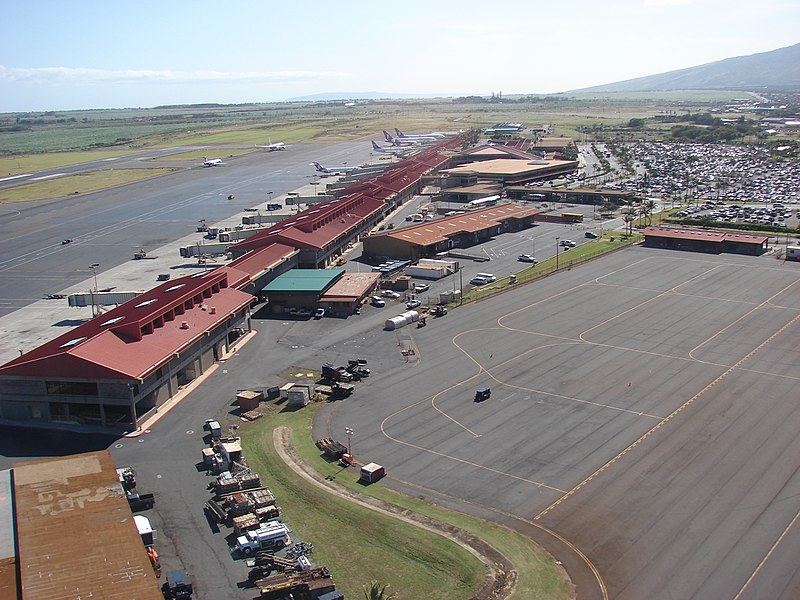

FAA and American Airlines also confirmed that a landing issue had occurred.
No damage was reported to the aircraft or the runway at OGG. The plane has been removed from service pending a thorough inspection. You can watch the video below of another hard landing of this aircraft type to see the situation better.
The FAA said the plane “made a hard landing” at about 2 p.m. local time.
A321 hard landings – what’s the cause?
Airliner hard landings on any aircraft occur when an aircraft contacts the runway with a higher rate of descent than is desirable. While most landings are intended to be smooth and controlled, various things can contribute to hard landings.
Causes can include pilot error, misjudgment of altitude, speed, or rate of descent. Weather conditions, such as turbulence, crosswinds, or poor visibility, are also possible causes. Mechanical issues may also contribute. Also, wind shear can be a factor. Lastly, runway conditions, including unevenness or slipperiness, can play a role.
Some have suggested to us that A321neo aircraft may be more prone to hard landings than other aircraft, although that appears to be inconclusive We have personally never experienced that when flying A321neo countless times on Delta and Hawaiian.
Structural stress can result, and components, like landing gear and tires, can sustain damage. Passengers may experience discomfort, and injuries, usually minor, can occur, as happened today.
Hard landings are investigated to determine the cause and prevent other occurrences. Flight recorder data can also help.
Hard landings are considered to be relatively unusual, with safety measures designed to prevent and mitigate these. We noticed another hard landing happened last year at OGG on a different aircraft. One passenger on that plane said, “the crosswinds were so strong turning into Kahului that our 772 shook and dropped a few times, freaking out a bunch of kids – mine included. I’ve always noticed some [expected] turbulence, but this was the worst I’ve experienced here.
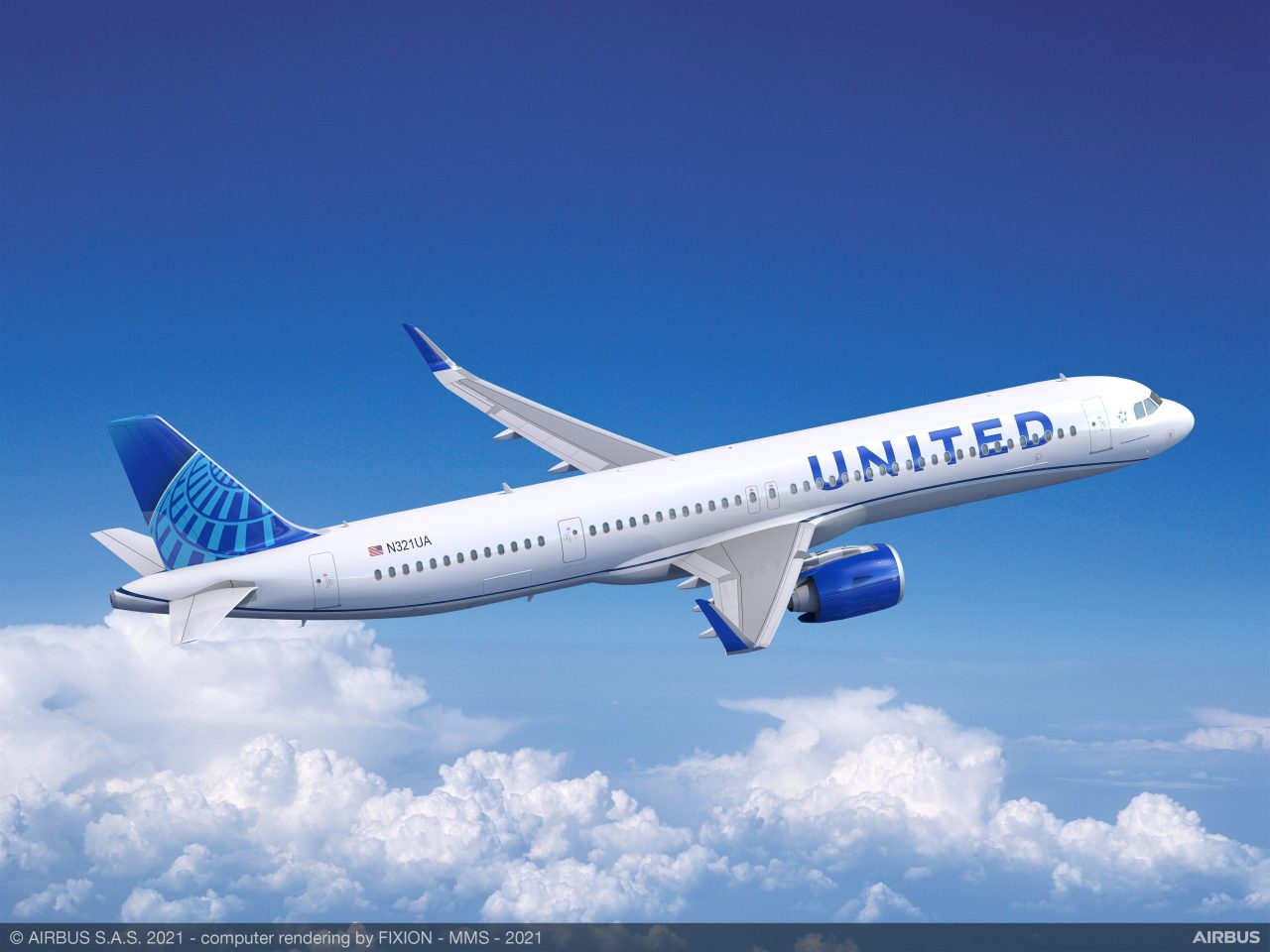

United Airlines A321neo suffered an engine failure and emergency landing this week in Chicago.
This comes as if we didn’t already have enough Hawaii flight concerns with Alaska and United Max 9 planes just returned to the skies yesterday following the door plug blow-out earlier this month.
The A321 is also a popular aircraft used for Hawaii flights by American Airlines, Delta Airlines, and Hawaiian Airlines. But this week, it was United Airlines and their Airbus A321neo that had an engine failure, which raises concerns given the issues with the plane’s engine reliability.
Aviation Herald reported that the A321neo (N14503) was flying from Chicago to Las Vegas when it suffered a failure of its Pratt & Whitney PW1133 engine. The plane was on the ground for multiple days following the problem.
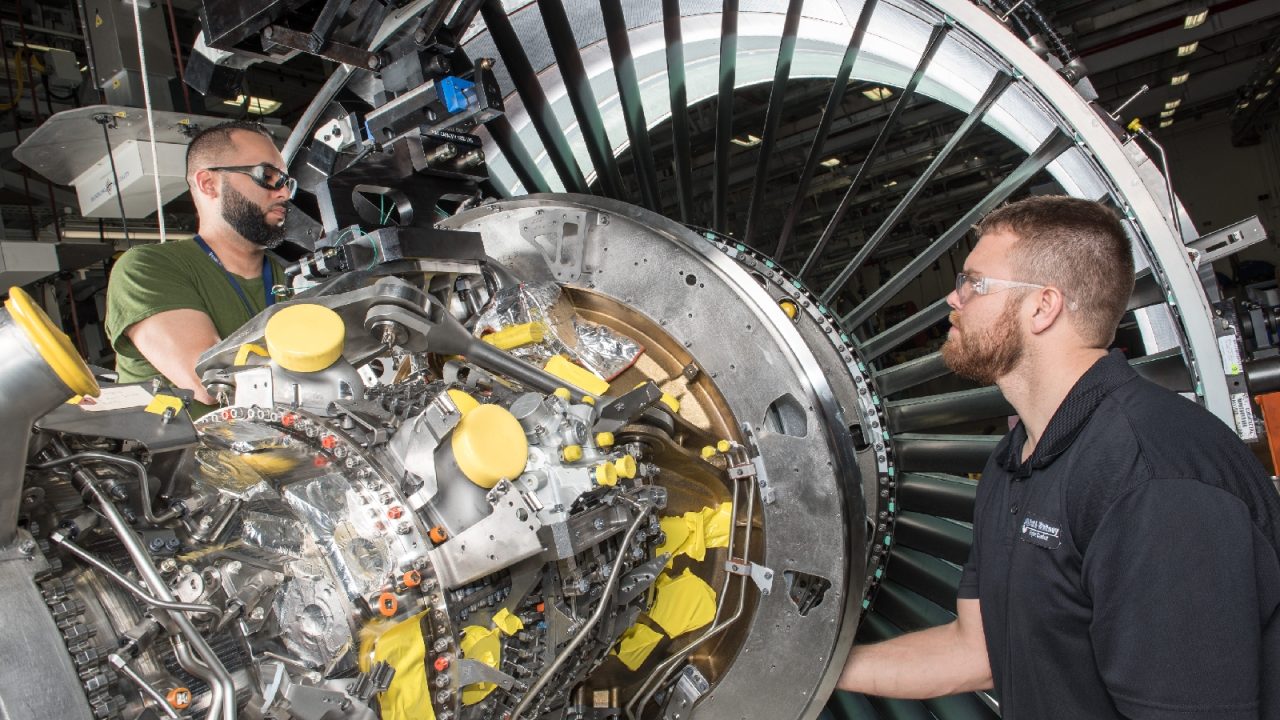

Pratt & Whitney’s ongoing A321neo engine troubles.
The engine in question is part of Pratt & Whitney’s GTF family. It’s been scrutinized due to powdered metal defects, leading to widespread groundings for inspections and repairs. This aircraft was of a newer variety and has been known to have issues, raising further concerns.
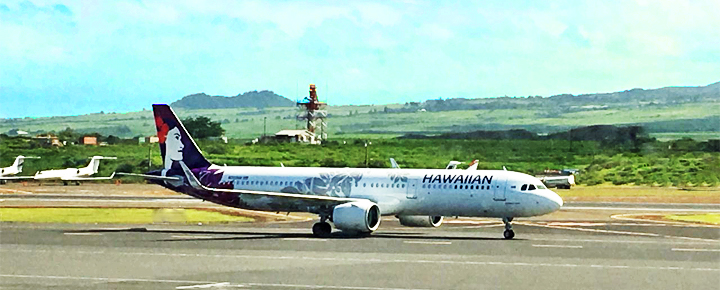

Hawaiian Airlines and their A321 planes have been the most impacted by the engine problems. That is because they represent such a large percentage of the airline’s entire fleet.
Get Breaking Hawaii Travel News
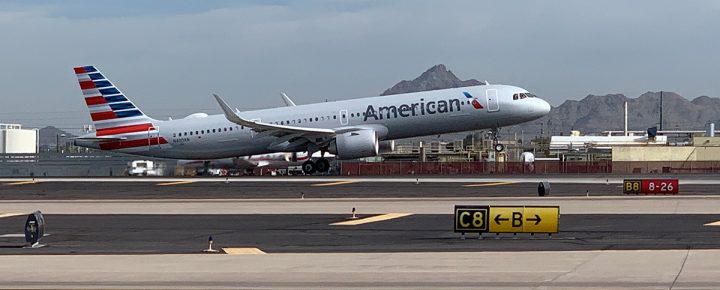

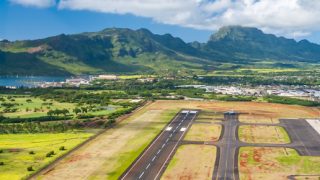

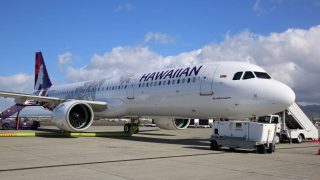
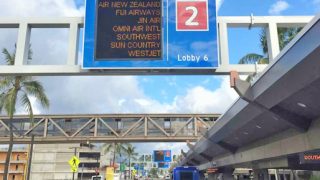
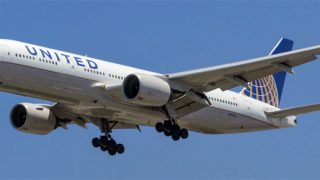
I don’t know what’s so wrong with the comfortable, workhorse A330s… I never fly on anything but and I’m not sure why airlines aren’t flying more of them to Hawaii. Aside from that, aren’t hard landings what pilots are trained to do? Meaning, their primary goal is to just get the plane safely on the ground. The smooth, buttery landings are just preferred for passenger experience.
There are several Hawaiian 321’s sitting at the airline’s technical operations at HNL right now. At least one has its engines completely removed and it’s obviously mothballed for an extended period. Going to be several years before they are all back in the air.
Best Regards
I don’t care for the Narrow body planes for Many obvious reasons. But this statement, appears to be scary too: “Standards have been going down for decades and you’re now seeing the results in crew ability, training, maintenance, parts availability, and aircraft design.”
Standards are down in every avenue and that makes airlines the scariest to me,….well that and surgeons!
1st came Pu’unene (Maui Airport) in 1938/39 under joint Army/Navy jurisdiction and after Dec 7 ’41 the larger NAS Kahului about 1 mile to the NE, beginning operations in ’43 – the main runway 02/20 was nearly 7000′ – same as today. 750 character answer: the A321neo has been problematical from the get-go for various reasons. Personally, I do NOT like the FBW “side stick controller” – that’s just me; I prefer the traditional “control yoke”. The wing on the 321 is “skinny” which can cause “landing problems” with a stretched fuselage, crosswinds, and inexperienced pilots.
Standards have been going down for decades and you’re now seeing the results in crew ability, training, maintenance, parts availability, and aircraft design.
We visit Maui 2-3 times a year. It seems we always have a “hard” landing at Kahului, no matter the airline. I always attribute this to the major crosswinds in that valley.
Longer Maui Airport runways were proposed in 2001, but blocked by local protests & opposition. That’s another reason why the longer runways in Honolulu, Hilo, & Kona make for safer landings.
There’s a history, involving politics, of course, on how and why the OGG Kahului Airport was built, where it is, in the first place. The winds there, and cross-winds, are likely the worst of any of Hawaii’s major airports. Other locations on Maui would have been better. Oh well, we are stuck now. That airport is not moving. Take-offs are not an issue. However, there is no substitute for very experienced pilots landing large commercial jets at OGG.
Looking at the NWS wind reports, Kahalui had winds 200 degrees at 23 knots yesterday at 2 pm. Higher gusts were “missing”, but looking at other hourly reports on gusts I would guess gusts we over 30 knots. Angle for landing is more or less into the wind, so ok. But it’s a gusty wind that comes over that plane from Kihei. When a gust hits the plane, it wants to rise. Of course the pilot must compensate down if he wants to land and not overshoot the runway. Any pilots out there?
I’m amazed more “hard landings” don’t occur when coming into Kahului. We’ve been to Maui many times and our last visit, 2023, was the first time that we had lots of wind coming in. The plane dipped from side to side, where you couldn’t see either wing when they dipped. We finally straightened up, had a little rough landing, but we were fine. The winds are very tricky there & the runway is a rather short runway. I’ll not be surprised if FAA only finds the plane sat at LAX waiting for the Kahului weather to clear.
Can we have a pic and names of the pilots?
Can’t imagine what that has to do with it??? If it’s someone you know you’ll hear soon enough. Anybody that thinks you can draw any conclusion from how a pilot appears or is named knows little about aviation. I say this because a profound ignorance has seeped its way into this country that judges people based on whatever when they don’t know what they are talking about.….the reality is the judgemental finger pointers are generally the weak ones, not the people they are judging.
If you prioritize hiring minority pilots based on their race or color rather than their skill level, you risk compromising the safety and efficiency of air travel. Pilots must undergo rigorous training and possess exceptional skills to ensure the safety of passengers and crew. Hiring decisions based on identity politics rather than meritocracy could lead to subpar performance and put lives at risk. It is essential to prioritize skill and experience when hiring pilots, regardless of their race, color, or background.
All pilots, regardless of race or gender, do in fact undergo rigorous training and nobody flies unless they can pass that training. The background of who the airlines hire has always been widely varied and based on much more than just total flying hours. It’s a holistic mix of flying background, aptitude testing and personality evaluation. If someone from a disadvantaged background can pass all that they have the skills. The fact that they can accomplish it from a disadvantaged background may very well indicate they could have an extra edge when an actual emergency strikes. A diverse group of pilots from various backgrounds all bring something unique to a pilot group that enhances the profession.
Well, UAL CEO Scott Kirby recently said they want “50%” of their hires to be “women or people of color.” Partial quote: “.. we require women and people of color to be involved (in the) process, bringing people in early in their careers – and giving them those opportunities, uh, creating a stronger bench.” (source: MSN.com)
PC aside, this hiring approach is severely messed up. I was present when the USN and airlines started “DEI” hiring (before the term was invented) and the standards and quality went down – and cost lives – and it’s been documented many times. Same for the FAA. As a Check Airman, I’ve given “downs” (flight failures) to people who were unqualified to sit in a cockpit, but yet, there they were ..
Why would pilot names be relevant at this point?
FWIW, the wind speed of only 14 knots could be a factor, depending on the direction. Wasn’t normal trades yesterday so they could have been landing to the south on a runway with no glide slope and a less than optimal wind direction……if the crew was unfamiliar with OGG that adds another element.
Hi John.
Can you comment on the many forum discussions about hard landings related to 321n? Thank you.
Aloha.
Sure…don’t know of any stats, hard landings happen in all kinds of airplanes though, I’m unaware of anything indicating that this is a 321 problem…..Charlie’s wind report is a good clue. What I suspected, landing to the south with no glide slope and gusty winds would for sure be a contributing factor. Accidents are almost always a rare perfect storm of multiple factors….OGG is a shorter runway than most served by the airlines ….safe, but more demanding than most in these conditions.
A little more on people commenting on hard landings and the 321. Some airliners do in fact land “harder” than others….Some Boeings land “harder” than others. Big difference between the 727-100 vs the 200 for instance. Easy to get a soft landing in a DC3 in fact! The Airbus is perfectly safe, but requires its own unique technique. You can get 10 greasers in a row and then be humbled on the 11th! So anecdotal comments about a hard landing wouldn’t indicate an unsafe airplane, just means that person happened to be on flight that the pilot didn’t get a greaser.
Hi John.
Yes, we do understand it doesn’t imply it is unsafe even if it is so prone. Aviation forum posts seem to indicate somewhat unique technique. But we’ll leave that to you guys. Just anecdotally speaking, we’ve never experienced a hard landing at OGG after countless flights. It’s always been on HA there and they certainly know that runway intimately.
Thanks again.
Aloha.
Don’t mean to “argue”, but a “skinny wing” (i.e. higher wing loading such as the ‘Bus) coupled with a “longer” or “stretched” fuselage length (321neo) usually makes judging the flare point ‘harder’ – and in an airplane that is ‘harder’ to land, technique counts. Lower time pilots generally don’t do as well; all things being equal it’s more difficult when X-winds factor in and makes for higher approach and stall speeds, longer landing distances (not desirable on shorter runways) – and increases the potential for “firmer” landings.
Same in the USN, same in the airlines, same everywhere. The aviation gods giveth, and they taketh away…
Hi Dickie.
Thanks for that and one hundred other comments. Your comment summed up much of what we had seen in pilot forums.
Aloha.
Dislike narrow bodies. Wouldn’t fly B737MAX or A321NEO until their issues are resolved. Only Narrow body I enjoy is the DC9 derived B717 that Hawaiian use inter island. I wish Boeing would reintroduce it with modern tech and engines for economy and ecology, as it far outshines A220 and EMB190/175. More sense than the B727 reboot. Luckily when I fly to Honolulu I can route via Haneda and have B777/B789 all the way. Also I like the fact there are many emergency strips en route whereas from mainland it is all water.
Definitely less wide body options as the narrow body becomes more popular and fuel efficient.